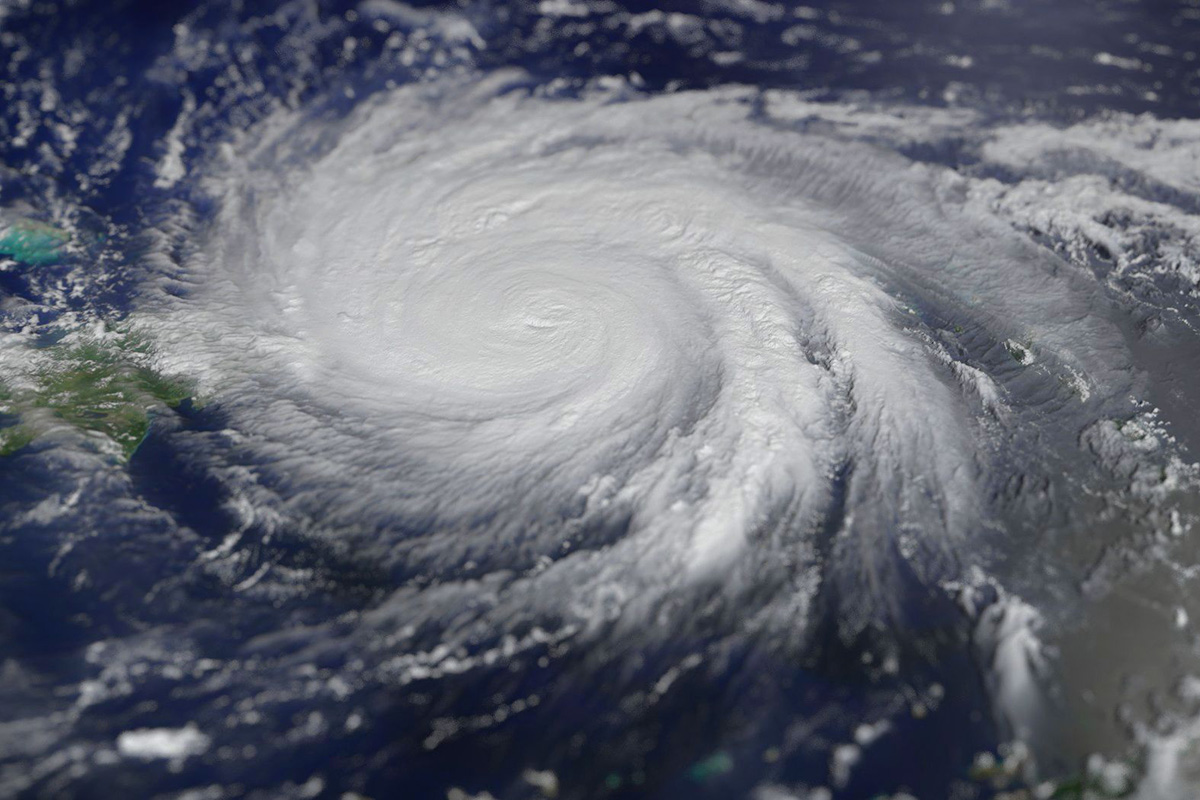The Politics of Disaster
Are "natural disasters" natural? In Political Science 375, Prof. Paul Manson looks at how communities respond to catastrophe.
Hurricanes. Wildfires. Volcanoes. Calamity seems to be in the air these days, which is why we’re taking a look at Political Science 375: Disaster Politics, taught by Prof. Paul Manson ’01.
Disasters are the intersection of risk, vulnerability, and society. Often one hears of increasing “natural disasters”—but are they natural? Who is impacted more by these events and why? And how do societies respond to these events? How do we select some dangers over others to prioritize? Why are some disaster impacts seemingly repetitive or continually impacting the same types of communities?
This course reviews how communities have developed with disasters, continue to be impacted by them, and how research and politics work to improve (or worsen) our risks and responses to disaster. It explores how various models of disasters and risk have been deployed over time, and how new ideas around resilience, sustainability and democracy provide new avenues for thinking about disasters.
Prof. Manson's disaster research has focused on community capacity to prepare for disaster recovery and develop new capacities for resilience. In particular he is interested in why and how communities chose to take steps to reduce disaster risk, and why they do not in other cases. He also studies the role of nonprofit organizations as a form of critical civic infrastructure in supporting communities prior to and after disasters. He primarily conducts survey research to explore these questions, though he also engages communities directly in applied projects to support planning projects at the local government level. In addition to his research, he consults on the development of training programs and workshops on community resilience. This has allowed for him to learn from and share with communities across the United States, from Puerto Rico to Guam.
Readings include:
Birkland, Thomas A. 2006. Lessons of Disaster: Policy Change after Catastrophic Events. Washington, D.C: Georgetown University Press.
Douglas, Mary, and Aaron Wildavsky. 2010. Risk and Culture: An Essay on the Selection of Technological and Environmental Dangers. Berkeley, Calif.: Univ. of California Press.
Erikson, Kai T. 2012. Everything in Its Path. Riverside: Simon & Schuster.
Solnit, Rebecca. 2010. A Paradise Built in Hell: The Extraordinary Communities That Arise in Disaster. New York: Penguin Books.
Tierney, Kathleen J. 2014. The Social Roots of Risk: Producing Disasters, Promoting Resilience. Stanford, California: Stanford Business Books, an imprint of Stanford University Press.
Wisner, Ben, Piers Blaikie, Terry Cannon, and Ian Davis. 2003. At Risk: Natural Hazards, People’s Vulnerability and Disasters. 2nd ed. Routledge.
